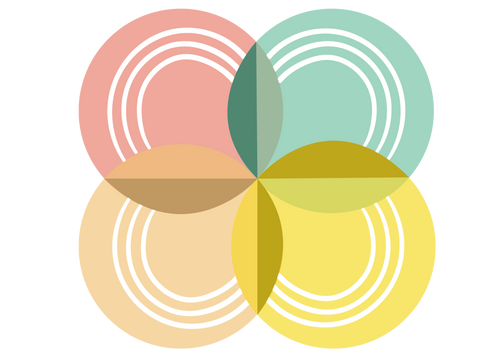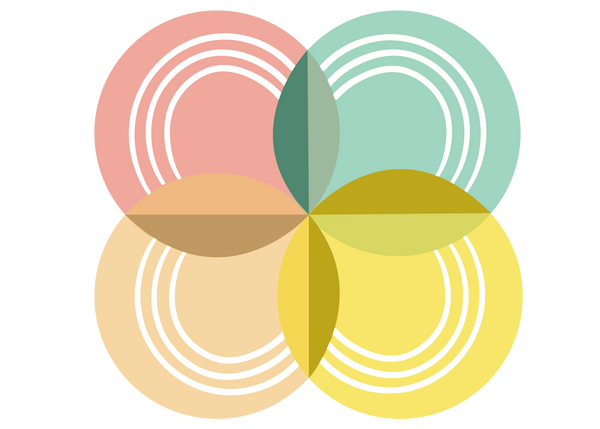Seed-to-sale Cannabis Farming

As a relatively small farm, the ‘Farm-to-Table’ concept is not a novel one among our WNC farm neighbors. With the growth and popularity of ‘shopping local’, ‘shopping organic’ and the welcomed obsession over knowing how and from WHERE your food comes from, the farm-to-table social food movement (which initially began in the late 60s, continuing to gain momentum after 2010) offers up a perfect opportunity to connect all the dots in the agriculture and small farm business. The cannabis growing industry took this concept a bit further, promoting Seed-to-sale in order to piggyback off of a widely popular methodology - the fully immersive production of cannabis, the lifecycle of the plant from seed planting time up until a final product is directly sold.
Benefits of Seed-to-sale cannabis farming
Due in part to regulatory bodies mandating tracking practices from cannabis farmers, a major added benefit of buying from a Seed-to-sale hemp farm is knowing that the entire production is documented and supports the cannabis lifecycle, which involves planting, harvesting, processing, production, and direct sale.
For instance, here at Wildwood Herbal we are touching the plant from the very beginning to the very end, ensuring proper care and cultivation stays consistent up until our organic CBD oil, CBD flower, or CBD candy is in the hands of our consumers.

Seed-to-sale Cannabis Lifecycle
It all begins with planting the seed. Careful consideration is taken each time we work with particular strains, whether that involves manipulating the light cycle or understanding the bud structure in order to cultivate a proper growing environment. For example, our Lifter strain was planted from seed at the beginning of May, then transplanted at the end of May. June 18 is when we began the 12-dark cycle light-deprivation tarp, which initiates the flowering process. This is done because this strain is accustomed to thie growing environment, being as it is from Northern Alaska and Russian regions. Two weeks into the light-deprivation cycle our ladies are flowering like gangbusters! This strain process translates as being an early finisher (the cannabis plant flowers quickly, timeline is typically 60 days from flower to maturation).
Planning for harvesting comes next. That day is probably going to fall around 60 days from when we initiated the growth process. Here in our Appalachian latitude, nothing starts flowering until mid-July (our light-cycle peaks mid-summer). Therefore with our cannabis crops, we begin harvesting in August and typically don’t stop until the end of November.
The next few parts of the Seed-to-sale process involves several months worth of continuous and rotating work. Processing, trimming, packing and curing is happening until way into January. We keep it strain specific, so once first buds have been harvested and cured, the premium buds are stored for flower sales and all else is put towards extraction for our edibles and oils.
Every strain gets tested for it’s cannabinoid profile and full panel testing happens on every batch of our oil created. This results in a Certificate of Analysis (COA), which is connected to each of our listed products.
No matter where we are in the Seed-to-sale lifecycle growing process, Wildwood Herbal farm practices a very hands-on approach to the organic growth of our cannabis plants (our herbs and veggies too!). We hope to see you become part of our 'Stay Wild' community, supporting the small farms that pride themselves in working hard to provide integrity through high-quality product.

